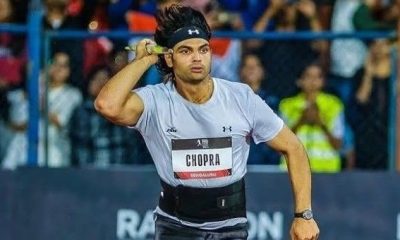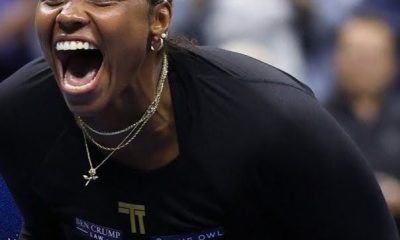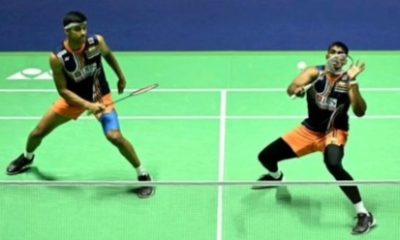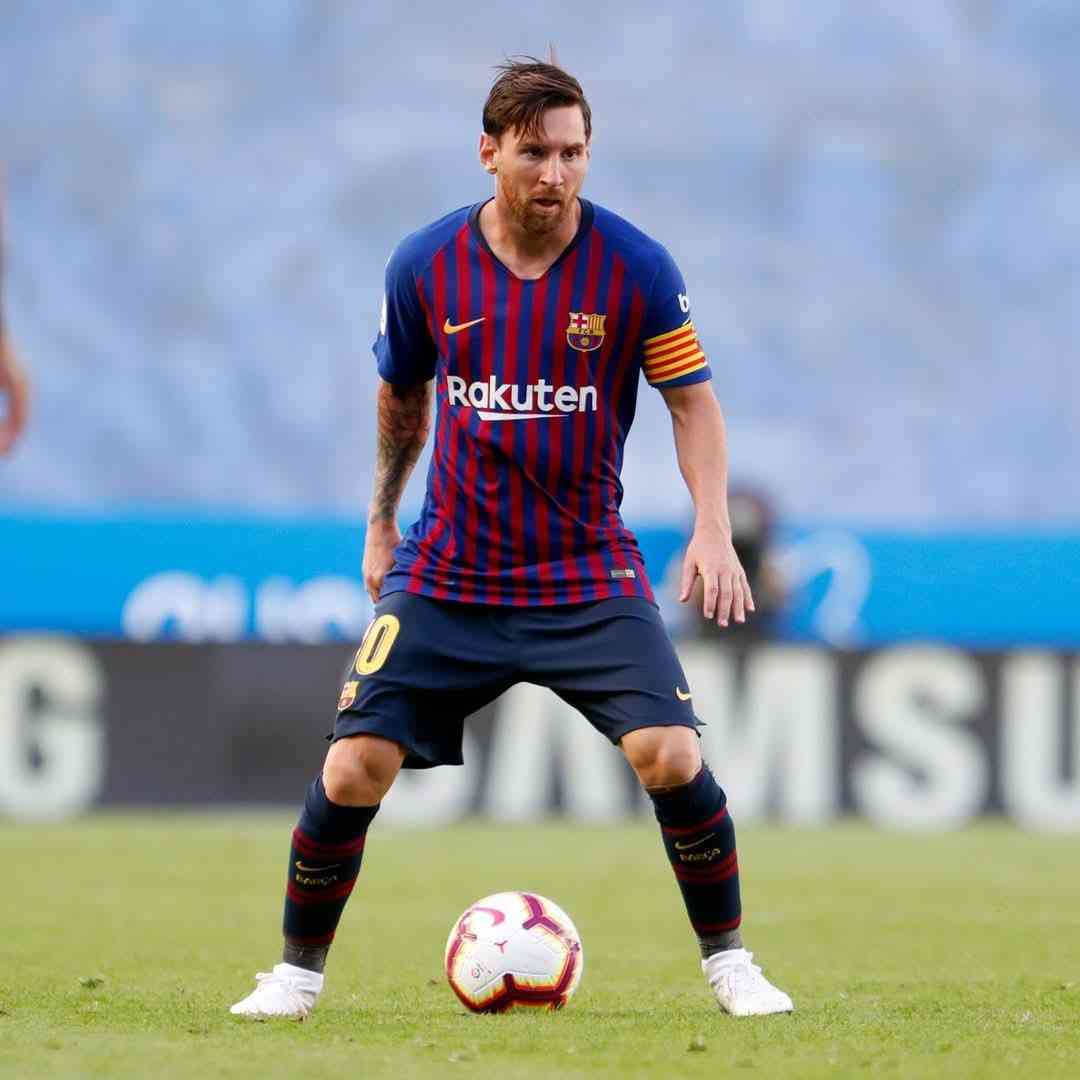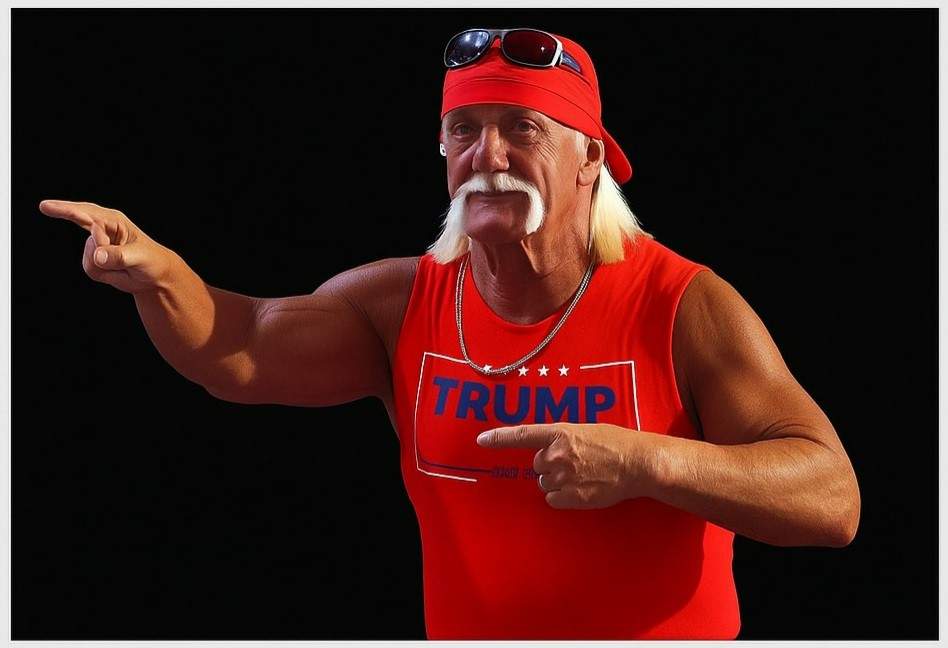
When the history of WWE is written and it often is there’s one name that appears on the first page, etched in bold: Hulk Hogan. For millions around the world, the golden-haired giant wasn’t just a wrestler he was the reason they first heard of professional wrestling, and why they fell in love with it.
But Hogan’s contribution goes beyond memorable matches or championship belts. His true legacy lies in what he built outside the ring: a bridge between wrestling and mainstream culture, a commercial empire of charisma, and a phenomenon that came to be known worldwide as Hulkamania.
This is the story of how Terry Bollea, a Florida-born bodybuilder-turned-wrestler, became the face of an entire industry and how his larger-than-life persona helped launch WWE into global superstardom.
There’s no denying that for countless Indians who grew up in the late ’90s and early 2000s when life revolved around cricket matches, Bollywood movies, and the pressures of schoolwork everything changed the moment they saw Hulk Hogan step into the WWE ring. In a world where sports meant Sachin Tendulkar and movies meant Shah Rukh Khan, Hogan’s electrifying presence, dramatic flair, and superhero-like charisma introduced an entirely new kind of entertainment. For many, it was their first taste of WWE and it was unforgettable.
Long before social media stars and viral knockouts, there was Hulk Hogan, 6 feet 7 inches of raw charisma, golden mustache, and thunderous leg drops. In the 1980s, he wasn’t just a wrestler; he was a living, flexing, headband-wearing revolution who body-slammed his way into mainstream consciousness. Hogan transformed WWE (then WWF) from niche entertainment into a global spectacle. He was more than muscle; he was a symbol of American bravado, larger-than-life storytelling, and red-and-yellow heart.
Perfect timing: McMahon’s vision meets Hogan’s star power
When Vince McMahon Jr. took over the World Wrestling Federation (WWF) in the early 1980s, he envisioned a national wrestling promotion that could rival Hollywood in entertainment value. He needed someone who wasn’t just a skilled wrestler, but a mainstream attraction. Enter Hulk Hogan.
Hogan had just appeared in Rocky III (1982) as “Thunderlips,” playing a flamboyant, show-stealing wrestler. The role showcased his screen presence and gave McMahon all the confirmation he needed. Hogan was signed to WWF in late 1983, and by January 1984, he won the WWF Championship from The Iron Sheik at Madison Square Garden.
It was a defining moment not just in storyline, but in real-world sports entertainment history. That match sparked the official birth of Hulkamania.
Hulkamania: More than a slogan
“Train, say your prayers, eat your vitamins, and believe in yourself.” This was the code of Hulkamania part superhero creed, part marketing genius. Children adored him. Parents didn’t mind him. Advertisers loved him. And most importantly, millions tuned in to watch him.
With his bright red and yellow gear, over-the-top promos, and explosive entrances, Hogan wasn’t just fighting opponents he was fighting evil itself. His feuds with villains like Roddy Piper, Andre the Giant, and The Undertaker were presented as moral battles, drawing fans emotionally into the WWE universe.
By the mid-1980s, Hogan was headlining every major WWE event. He was the main event at the first-ever WrestleMania (1985), teaming up with Mr. T and cementing WWE’s status as a crossover entertainment product. With Muhammad Ali and Cyndi Lauper ringside, it was clear: wrestling had gone mainstream, and Hogan was leading the charge.
TV, toys, and total takeover
What truly accelerated Hogan’s impact was WWE’s savvy media strategy. Weekly wrestling shows like WWF Superstars became Hogan’s personal stage. He appeared on talk shows, Saturday morning cartoons (Hulk Hogan’s Rock ‘n’ Wrestling), lunchboxes, comic books you name it.
Mattel and later Hasbro turned him into a merchandising juggernaut. His action figures outsold almost all other toys in the U.S. Kids tore up T-shirts pretending to be him. Across India, the UK, the Middle East, and Canada, bootleg Hogan shirts and VHS tapes were everywhere.
As satellite television entered India in the early 1990s, Hogan was often the first WWE wrestler fans saw on channels like Star Sports and Ten Sports. Many credit him with introducing an entire generation to wrestling, long before the Attitude Era or John Cena came along.
The globalization of wrestling
Thanks to Hogan, WWE went global years before “globalization” was a buzzword. When he body-slammed Andre the Giant in front of 93,000 people at WrestleMania III, it wasn’t just a feat of strength—it was a moment of cultural convergence watched across continents.
In interviews, Vince McMahon has credited Hogan with being the linchpin of WWE’s 1980s expansion. “Without Hogan,” he once said, “WWE would never have broken through on the level that it did.”
Hogan tours outside the US, especially in Canada and Europe, were major crowd-pullers. Even in countries where wrestling was relatively unknown, Hogan was a face people recognised.
Beyond the ring: Hogan as a pop culture icon
By the early 90s, Hogan had transcended wrestling. He starred in Hollywood films like Suburban Commando, appeared on cereal boxes, and even ran his own reality show decades later. He was parodied in cartoons, referenced in sitcoms, and featured in music videos.
Even people who had never watched a wrestling match knew who Hulk Hogan was. That is the rarest form of cultural impact and he achieved it wearing a bandana and throwing leg drops.
A complicated legacy
Of course, Hogan’s story isn’t without controversy. His public image took a hit in the mid-2010s following a leaked tape and inappropriate comments. WWE temporarily distanced itself from its most famous star, scrubbing him from the Hall of Fame. But in 2018, he was reinstated, and even his critics acknowledged his foundational role in building WWE.
Conclusion: The man who sold wrestling to the world
Whether you admire him or critique him, Hulk Hogan’s contribution to the rise of WWE is undeniable. He didn’t just wrestle he sold tickets, built fanbases, and opened new markets. He turned professional wrestling from a regional act into a worldwide phenomenon, laying the foundation for everything that came after.
In every roar of the crowd at WrestleMania, in every young fan who dreams of becoming a superstar, there’s a little echo of Hulkamania still running wild.
Hulk Hogan’s life and career
Early life & background
- August 11, 1953: Born Terry Eugene Bollea in Augusta, Georgia, USA. Dies July 24, 2025
- Raised in Tampa, Florida.
- As a teenager, developed an interest in baseball and music, later played bass guitar in local bands.
- Attended the University of South Florida but dropped out to pursue music.
Wrestling career: Early years
- 1977: Trained by Hiro Matsuda; broke his leg on first day but returned to complete training.
- Late 1970s: Wrestled under various names including “Sterling Golden” and “The Super Destroyer.”
- 1979: Wrestled in the AWA and NJPW, gaining popularity in Japan for his strength and size.
Rise to superstardom (WWF Era)
- 1980: Made first appearance in WWF (now WWE).
- 1982: Appeared in Rocky III as Thunderlips, catching the eye of Vince McMahon Jr.
- 1983: Re-signed by WWF under McMahon’s new national expansion vision.
- January 23, 1984: Won his first WWF Championship by defeating The Iron Sheik at Madison Square Garden—birth of Hulkamania.
- 1985: Headlined the first WrestleMania alongside T, Roddy Piper, and Muhammad Ali.
- 1987: Iconic body slam of André the Giant at WrestleMania III in front of 93,000 fans.
Global fame & crossovers
- Late 1980s–Early 90s: Starred in movies (No Holds Barred, Suburban Commando) and animated shows (Hulk Hogan’s Rock ‘n’ Wrestling).
- Became one of the top merchandise sellers and appeared in music videos, commercials, and talk shows.
WCW and nWo Era
- 1994: Joined WCW (World Championship Wrestling).
- 1996: Turned heel and co-founded the New World Order (nWo) at Bash at the Beach, shocking fans and redefining his persona.
- 1996–1999: Dominated WCW as “Hollywood Hogan,” becoming a major figure in the Monday Night Wars.
- 1998: Headlined Starrcade, one of WCW’s most successful PPVs.
Return to WWE & legacy years
- 2002: Returned to WWE, faced The Rock in a legendary match at WrestleMania X8.
- 2005: Inducted into the WWE Hall of Fame by Sylvester Stallone.
- 2006: Wrestled last major WWE match against Randy Orton at SummerSlam.
- 2008: Starred in reality show “Hogan Knows Best”, which aired for four seasons.
Legacy
- Considered the face of wrestling’s golden era.
- Helped WWE expand globally in the 1980s and again with nWo in the 1990s.
Photo Credit: BBC video screengrab

